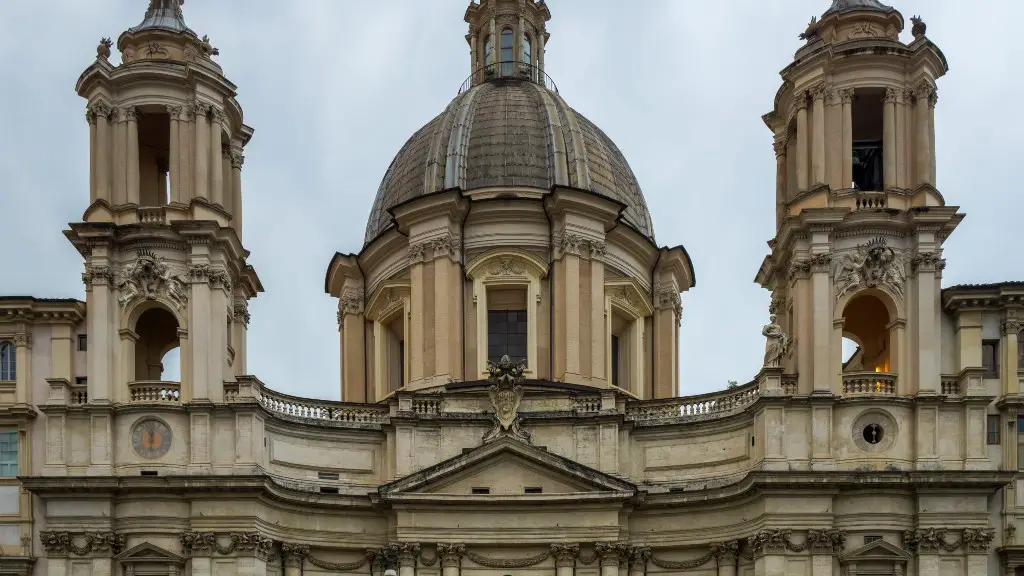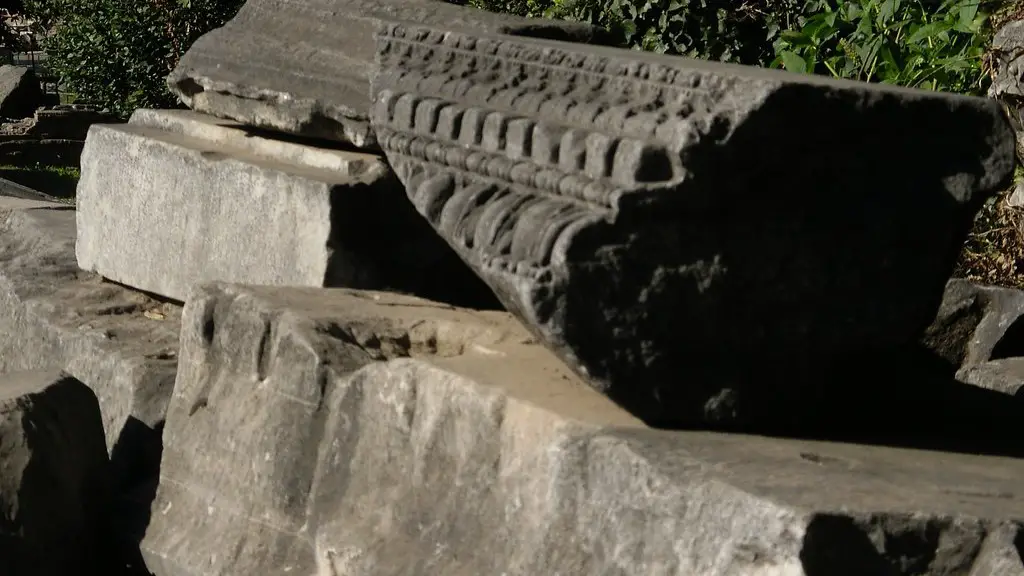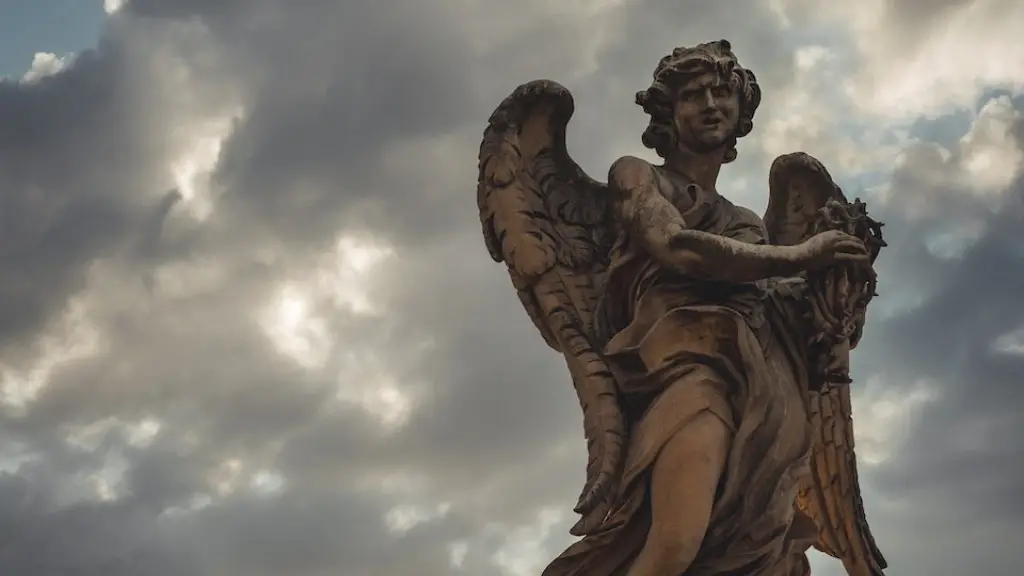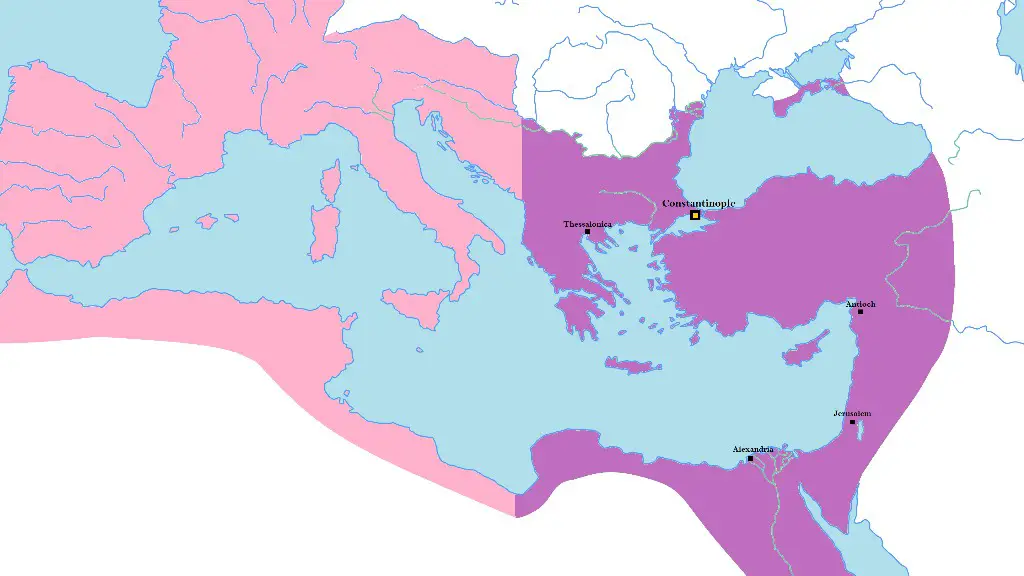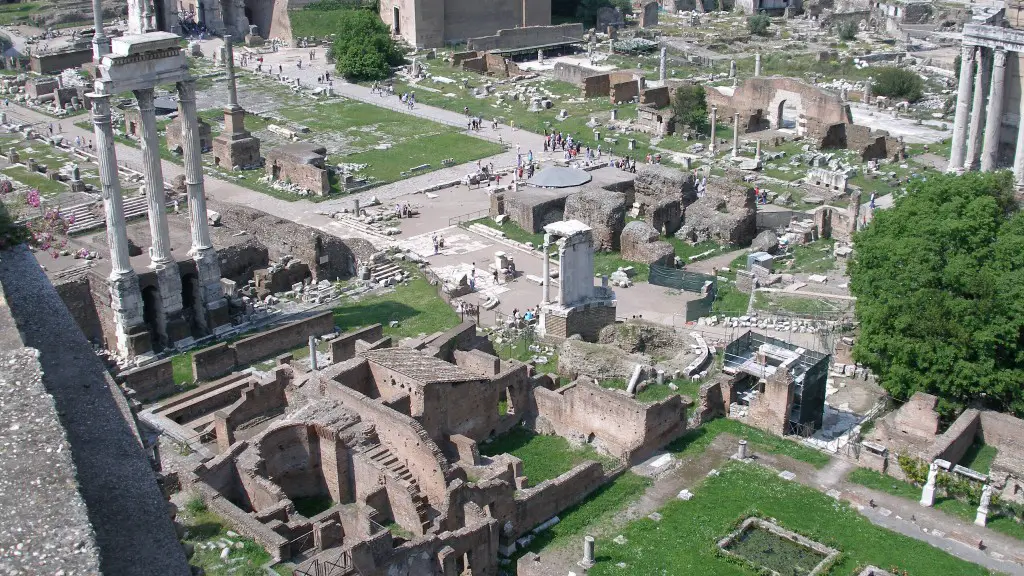The concept of veto in Ancient Rome was one of the pillars of the Republic. It has some similarities with our modern system of checks and balances, meaning that the same branch of government could not take the majority of decisions, but needed the agreement of other branches to actually pass legislation.
In Ancient Rome the term ‘veto’ meant ‘I forbid’ and it was an instrument of self-restraint used by the tribunes of the plebs, and Emperors later on. The basic idea behind it was that a tribune could, if they wanted to, put an immediate stop to any decision taken by the Senate or the People, even if the decision had been unanimous.
The main purpose of veto was to check the ambition and power of the Senate and the Emperor. It was, in theory, a way to increase the people’s participation in the decision-making process, as well as a way to guarantee the citizen’s rights.
The record of the earliest use of the veto dates back to the 5th century BC, when the tribunes used it as a tool to control the political life of the city. This practice was maintained by the Emperors of the Julio-Claudian dynasty. After the death of Nero in 68 AD, the Senate and the emperor Vespasian conferred the power of veto to the plebeians, although the people’s tribunes were still the main users of it.
Throughout centuries of Roman history, the veto has played an important role in the decision-making process. It provided a barrier between the citizens of Rome and their representatives in the Senate or the emperor. This allowed the citizens to be more involved in their government and their rights to be better protected. Although veto power did not always prevent the Senate or the emperor from passing legislation, it could at least delay it and give the citizens an opportunity to voice their opinion before the decision was finalized.
Today, the concept of the veto is used in a very different way. In modern democratic governments, the idea of veto has been replaced by the system of checks and balances. These systems are meant to ensure that the power of one branch of government does not overshadow that of the other branches. This is why the three branches of government in most democratic countries have their own powers and can act independently from each other, creating a balance between the three branches.
However, it is interesting to consider the fact that the concept of veto in Ancient Rome could still have relevance today. It gave people the opportunity to be involved in the decision-making process, and it is something that we could potentially use in our current system of governance. By giving citizens more of a voice in the legislative processes, it may be possible to limit the power of the government, and to ensure that citizens can be heard loud and clear.
The Impact of Veto in the Roman Republic
The use of the veto in Ancient Rome had a great impact on the political life of the Republic. Firstly, it gave the people the ability to challenge the decisions taken by the Senate and the emperor, and to ensure that the rights of the citizens were not disregarded. It also enabled the citizens to express their opinion on matters that concerned them, and allowed them to have a more meaningful say in the legislative process.
Secondly, the concept of the veto made it more difficult for the Senate and the emperor to pass certain laws without the approval of the public. This gave the citizens a form of control over the Senate and the emperor, allowing them to put a check on the ambitions of these powerful figures and to ensure that their interests were taken into consideration.
Finally, the use of the veto provided an essential safeguard for the rights of the people. It was one of the most important instruments of self-restraint used by the Romans, and it was in many ways a precursor to the modern system of checks and balances. Through the use of the veto, the people could ensure that their rights were respected, and that their voice was heard.
How did the Emperors use Veto?
The Emperors of Ancient Rome had a wide range of powers, and they were able to pass laws without the approval of the Senate or the people. However, they were still subject to the veto of the people’s tribune and the Senate. This means that even though the Emperor had a lot of power, he still had to bring his proposals and decisions in front of the people and the Senate for approval, which gave the people more control over the Executive.
In addition to this, the Emperors also had the power to call for a ‘revocatio’, which was a legislative review of the existing laws passed by the Senate. This was an important way for the Emperors to control the Senate and to make sure that the laws passed by them did not go against the interests or wishes of the people.
Another important use of the veto was to make sure that the Emperor’s decisions were not overridden by the Senate or the people. It was a way for the Emperor to safeguard his own interests and ensure that his decisions were implemented without interference. Of course, this could sometimes lead to a conflict between the Emperor and the people, but overall it was an essential safeguard for the power of the Emperor.
Finally, Emperors also used the veto to increase their own power. Since the Senate and the people’s tribunes had the power to veto the Emperor’s decisions, the Emperor could use it as a way to increase his own power. By showing that he was willing to negotiate with the Senate and the people, the Emperor was able to increase his own personal influence and authority.
Implications of Veto in Modern Systems of Governance
The concept of veto in Ancient Rome could still have relevance in our modern systems of governance. It provides an important check on the power of the government, and by giving citizens more of a say in the legislative processes, it may be possible to limit the power of the government and to increase their rights.
In addition, the concept of veto could also provide an effective way for citizens to express their opinions about the decisions taken by their government. By allowing citizens more of a say in the decision-making process, the government could create a more democratic system of governance, as well as increase their legitimacy.
Finally, the concept of the veto could also provide an important safeguard for the rights of the citizens. By allowing citizens an effective tool to challenge and reverse certain laws, it can help to ensure that their rights are not violated and that their interests are taken into account by the government.
Comparisons and Contrasts between Ancient Rome and Modern Systems of Governance
Although the concept of veto in Ancient Rome is different from the way it is used in modern systems of governance, there are still some similarities between them. Both systems rely on checks and balances to ensure that the executive branch of government does not become too powerful and that the citizens are given a meaningful say in the decision-making process.
However, there are some differences between the two systems. In Ancient Rome, the veto was based on the power of the tribunes of the people and was used as an instrument of self-restraint, whereas in modern systems of governance the checks and balances are based on the separation of powers between the three branches of government. In addition, the veto in Ancient Rome was also a way for the citizens to express their opinions on certain laws, whereas in modern systems of governance the citizens typically only have the power to vote for their representatives.
Overall, the concept of veto in Ancient Rome and modern systems of governance share some similarities, but there are also some significant differences between them. Although the idea of veto may not be as relevant in our modern systems of governance, it still provides an interesting contrast between how government used to work and how it works today.
The Influence of Veto in Modern Politics
The concept of the veto in Ancient Rome has had a lasting influence on modern politics, even though it is no longer as relevant as it used to be. The importance of checks and balances, as well as the need for citizens to be given a meaningful say in the decision-making process, can be traced back to the concept of the veto in Ancient Rome.
Modern democracies have adopted the idea of checks and balances and have used it to create systems of governance that are more inclusive and representative of their citizens. In addition, the concept of the veto has also influenced the way that political systems, not just in democracies, but autocratic ones as well, have developed. By providing a mechanism for citizens to challenge and reverse certain laws, the concept of the veto in Ancient Rome has had a lasting effect on the way that modern governments function.
Finally, it is important to keep in mind the importance of self-restraint and the need for citizens to be given a say in the decision-making process. Although the concept of the veto in Ancient Rome may not be as relevant today, it still serves as a reminder of the need to ensure that citizens have the right to challenge their government and to ensure that their rights are respected.
Limitations of Veto in Ancient Rome
Although the concept of the veto was an important safeguard for the rights of the citizens in Ancient Rome, it also had some limitations. Firstly, the veto was only available to the tribunes of the people, meaning that the rights of other citizens were not always taken into consideration. In addition, the tribunes of the people could not veto laws that had already been passed, which meant that citizens had to rely on other means to challenge these laws.
Furthermore, the concept of the veto was also limited in its ability to challenge the decisions taken by the Senate and the emperor. Even when the tribunes of the people were able to veto certain laws, the Senate or the emperor could easily override their decisions. This meant that the citizens had limited power to challenge the power of the Senate or the emperor.
Finally, the concept of the veto was also limited in its ability to prevent certain laws from passing. Since the veto could only delay the passage of certain laws, it was often up to the people to protest and raise awareness about certain laws that they did not agree with. In this sense, the veto was more of a tool for citizens to express their opinion, rather than a way to outright prevent laws from passing.
Conclusion
The concept of veto in Ancient Rome was an important instrument of self-restraint used by the tribunes of the people and the Emperors. It provided an important check on the power of the Senate and the emperor and gave citizens the opportunity to be involved in the decision-making process. The veto also played an important role in safeguarding the rights of the citizens, as well as providing an effective way for them to express their opinion on the laws passed by the Senate and the emperor.
Today, the concept of the veto is not as relevant as it used to be in Ancient Rome, but it still provides an interesting contrast between the way government works then and now. The concept of the veto may have had its limitations, but it is still important to consider its implications and its legacy in modern systems of governance.
